Toadflax / Linaria vulgaris / is a herbaceous perennial plant of the Linaria family. The stem is straight and bare, with a height of up to 3.5 ft (1 m), the leaves are consistently arranged, linear-lanceolate, without handles, and with small stipules. The flowers are pale yellow, gathered in racemose inflorescences. The cup of the plant is pentamerous, connate at the base.
The corolla is also pentamerous, with the top part having a closed wreath, formed of two lips, and the lower end having a long spur. The stamens are four in number. The fruit is a round, two-tiered case that has membranous, flat, black seeds. Toadflax grows along roads, in grassy places throughout the lowland and foothill regions of Europe.
Composition of toadflax
The herb contains the alkaloid peganin; flavonoid glycosides, including neolinarin, linarin, pektolinarin, linarakrin; vitamin C and folic acid; fruit acids, pectin, fitosterin; the cianidine glycoside antirenin chloride.
Collection and storage of toadflax
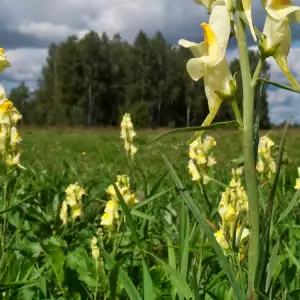
The usable parts of toadflax are above ground. It is harvested during flowering - from June to September. It is dried in the shade, with the permissible moisture for it being about 12%. Dried toadflax has an unpleasant odor and bitter taste.
The shelf life of whole sprigs is 3 years, of cut ones - 1.5 years. Store in ventilated and dry areas. Toadflax can be purchased in dried form from specialized herbal shops.
Benefits of toadflax
Galenical supplements of toadflax were used in the former Soviet Union during World War II for people suffering from constipation, flatulence and intestinal atony.
Toadflax has very good diuretic, choleretic and analgesic effects. The effects on muscles are due to the peganin. The flavonoid glycosides in the herb increase blood pressure and strengthen heart contractions. It helps in enhancing stamina and increases intestinal contractions.
Toadflax is used as a mild laxative and diuretic agent, for gas and intestinal atony. The herb has a disinfectant action. It is used during breathing difficulties, headaches, and painful urination.
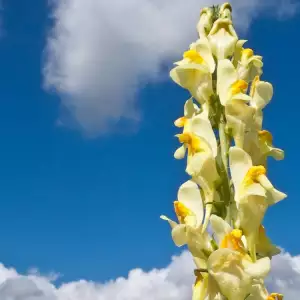
Toadflax increases peristalsis of the intestines and expels gas from the intestines, while acting against congestive difficulties. The herb regulates bowel movements, which is especially important for older patients.
Traditional medicine with toadflax
In folk medicine, the herb is recommended for hemorrhoids, headaches, enlarged and inflamed prostate, nighttime and accidental bed-wetting, jaundice, worms, asthma, some skin diseases.
External application of the herb is recommended for hemorrhoids, boils, skin rashes, eczema, washes for facial pimples. Helps with inflamed eyes and eyelids. It is also used to combat insects. For hemorrhoids, the herb acts as a relaxant and an analgesic, while stopping bleeding, especially in internal hemorrhoids. Toadflax facilitates bile secretion and prevents jaundice.
Internal use of the herb requires that 2 tbsp of toadflax be placed in 2 cups (500 ml) of water and boiled for 5 minutes. Drink 15 minutes before meals, four times a day, 2/5 cup (100 ml) at a time.
Researchers of toadflax's action found other ways to use the herb as a laxative and diuretic. A cup of boiling water is poured over a handful of toadflax, collected during flowering, and allowed to brew. Strain, add sugar to taste and take 1 tablespoon every 1 or 2 hours.
From the seeds of the toadflax, you can make a potion in a ratio of 1 oz (30 grams) per 4 1/5 cups (1 liter) of boiling water. Take 1 teaspoon several times a day as a cholagogue and purgative.
Dangers of toadflax
Be careful because toadflax is a poisonous herb. It irritates the stomach and causes diarrhea, weakens heart function and makes breathing difficult. It should be used very carefully and under medical supervision, in order to avoid unwanted complications.
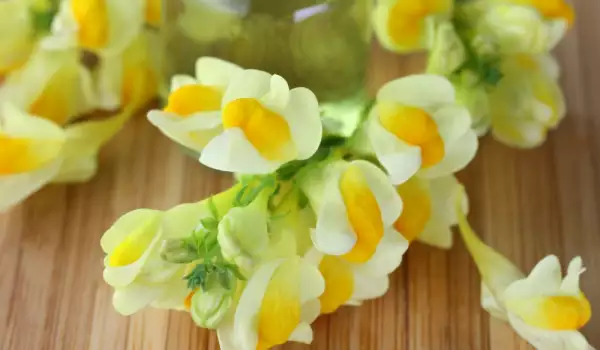
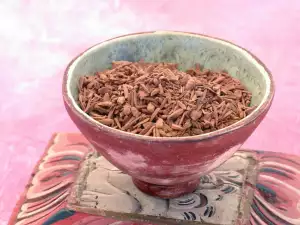
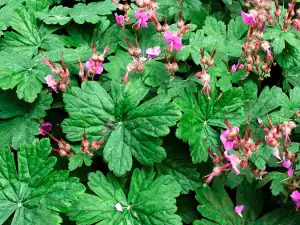
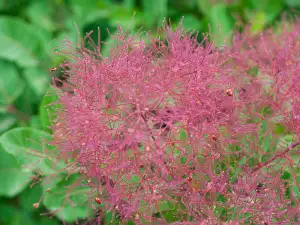


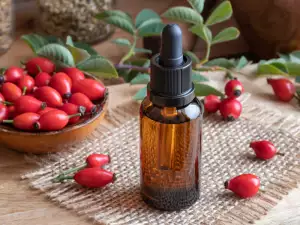
Comments